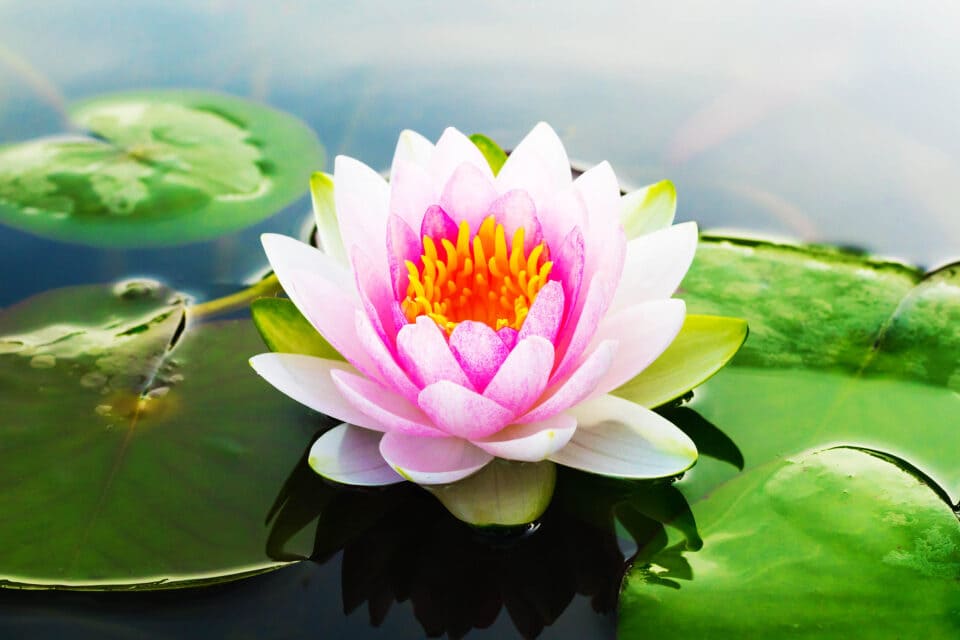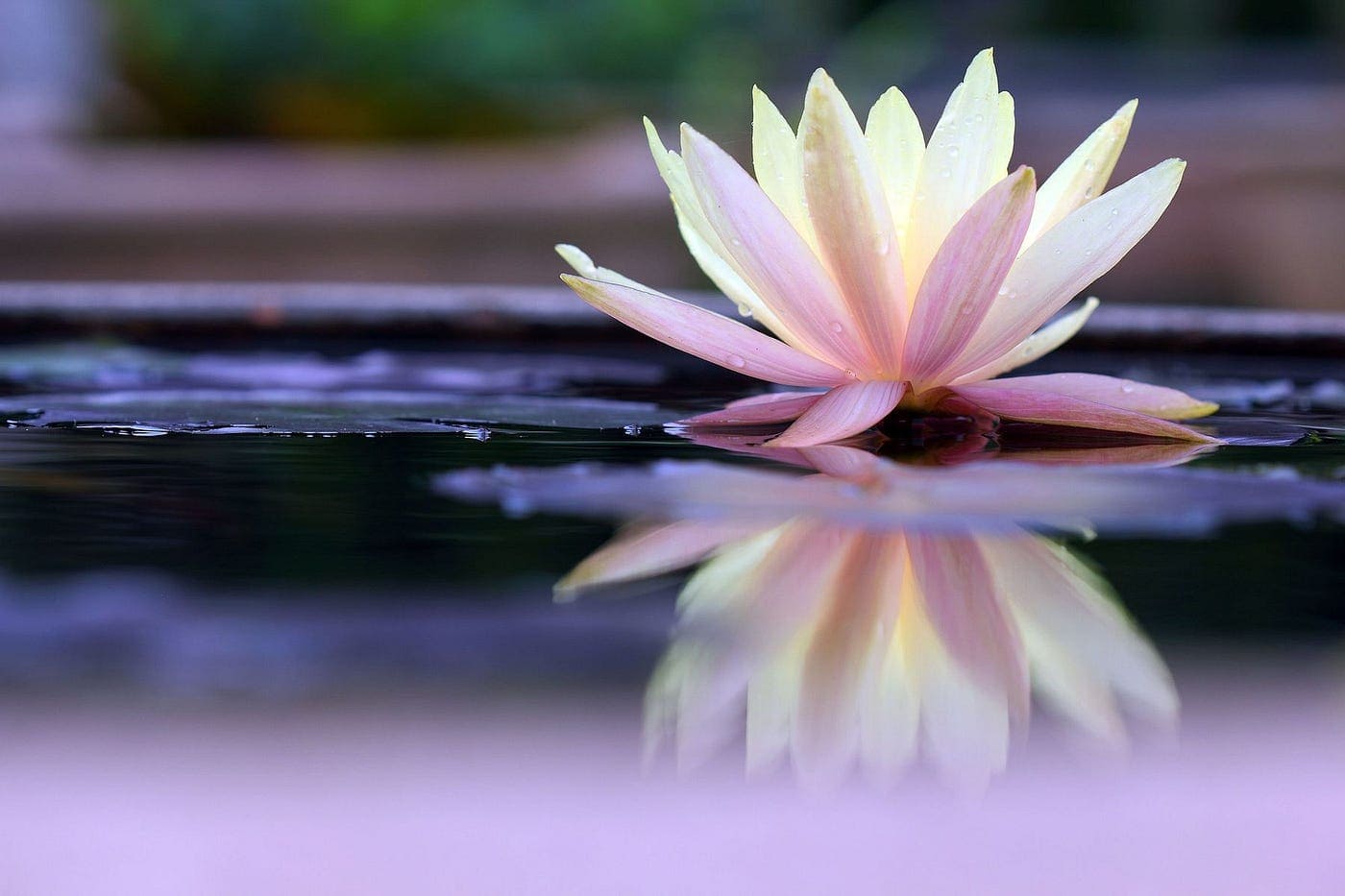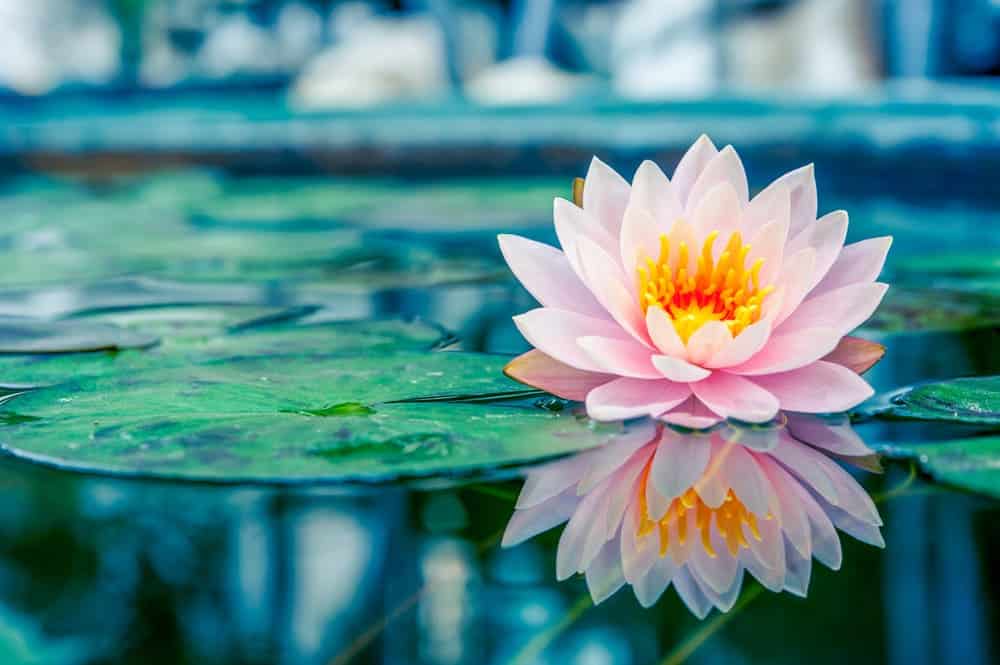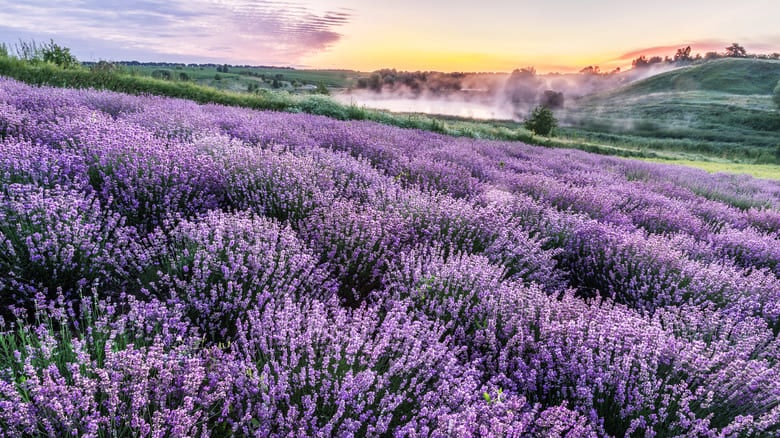Introduction
Hoya australis, a captivating species of flowering plant, has become a favorite among gardening enthusiasts for its elegance and ease of care. In this comprehensive guide, we’ll delve into the intricacies of hoya australis, exploring its characteristics, cultivation techniques, benefits, and much more.
What is Hoya Australis?
Hoya australis, commonly known as the wax plant or porcelain flower, is a species of evergreen vine native to Australia and Southeast Asia. Its glossy, waxy leaves and delicate clusters of star-shaped flowers make it a popular choice for both indoor and outdoor gardens.
Importance of Hoya Australis in Gardening
Beyond its aesthetic appeal, hoya australis plays a vital role in indoor gardening. Its ability to purify the air by removing toxins such as formaldehyde and benzene makes it a valuable addition to any living space. Additionally, its low maintenance requirements make it an ideal choice for busy individuals looking to add a touch of greenery to their homes.
Characteristics
Physical Description of Hoya Australis
Hoya australis is characterized by its thick, succulent-like leaves that have a glossy texture and range in color from deep green to variegated shades. The plant produces clusters of fragrant flowers that resemble miniature stars, adding a delightful splash of color to any setting.
Growth Habits and Requirements
In its natural habitat, hoya australis thrives in warm, humid conditions with indirect sunlight. When grown indoors, it prefers bright, indirect light and well-draining soil. Regular watering during the growing season and occasional fertilization will promote healthy growth and flowering.
Cultivation
Best Practices for Planting Hoya Australis
When planting hoya australis, choose a container with adequate drainage holes to prevent waterlogged soil. Fill the pot with a well-draining potting mix and place the plant in a location with ample sunlight. Water thoroughly after planting and allow the soil to dry out slightly between waterings.
Soil and Light Requirements
Hoya australis thrives in rich, well-draining soil with a slightly acidic pH. A mixture of potting soil, perlite, and peat moss is ideal for promoting healthy root growth. When it comes to light, hoya australis prefers bright, indirect sunlight but can tolerate partial shade.
Watering and Fertilizing Tips
To prevent overwatering, allow the soil to dry out partially between waterings, especially during the winter months when growth slows. Fertilize hoya australis monthly during the growing season with a balanced, water-soluble fertilizer diluted to half strength.
Propagation
Methods for Propagating Hoya Australis
Hoya australis can be propagated through stem cuttings or by seed. Stem cuttings are the preferred method and can be taken from healthy, mature plants during the growing season. Remove a section of stem with at least two leaf nodes and place it in a well-draining potting mix until roots develop.
Propagation from Cuttings vs. Seeds
While propagating hoya australis from seeds is possible, it is a slower and less reliable method compared to stem cuttings. Cuttings root easily and typically produce clones of the parent plant, ensuring uniformity in appearance and growth.
Common Pests and Diseases
Identification of Common Pests and Diseases
Hoya australis is relatively resistant to pests and diseases, but occasional issues may arise, including mealybugs, spider mites, and fungal infections. Inspect the plant regularly for signs of infestation, such as yellowing leaves or webbing, and treat promptly with insecticidal soap or neem oil.
Effective Treatment and Prevention Methods
To prevent pest infestations, maintain good hygiene by removing dead or decaying plant material and avoiding overwatering. Additionally, introducing beneficial insects such as ladybugs can help control pest populations naturally.
Benefits
Air Purification Benefits of Hoya Australis
Hoya australis is renowned for its air-purifying qualities, making it an excellent choice for improving indoor air quality. It removes harmful toxins from the air, such as formaldehyde, benzene, and xylene, while releasing oxygen, creating a healthier living environment.
Psychological Benefits of Indoor Plants
In addition to its air-purifying properties, hoya australis offers numerous psychological benefits, including stress reduction, improved mood, and increased productivity. Studies have shown that interacting with indoor plants can lower blood pressure and promote feelings of well-being and relaxation.
Uses in Home Decor
Styling Tips for Incorporating Hoya Australis
Hoya australis adds a touch of elegance to any interior space and can be incorporated into various home decor styles, from modern minimalist to bohemian chic. Display it in hanging baskets, terrariums, or decorative pots to showcase its trailing vines and delicate flowers.
Complementary Plants for Aesthetic Appeal
To create a visually appealing indoor garden, pair hoya australis with complementary plants that share similar care requirements. Succulents, ferns, and trailing vines such as pothos and philodendron make excellent companions and add texture and variety to your plant collection.
Frequently Asked Questions (FAQs)
- How often should I water hoya australis?
- Water hoya australis when the top inch of soil feels dry to the touch, typically every 1-2 weeks during the growing season.
- Can hoya australis tolerate low light conditions?
- While hoya australis prefers bright, indirect light, it can tolerate low light conditions, but may not flower as prolifically.
- How do I prevent root rot in hoya australis?
- To prevent root rot, ensure the pot has proper drainage, use a well-draining soil mix, and avoid overwatering.
- Is hoya australis safe for pets?
- Hoya australis is non-toxic to cats and dogs, making it a safe option for pet-friendly homes.
- What is the ideal temperature range for hoya australis?
- Hoya australis prefers temperatures between 60-80°F (15-27°C) and is sensitive to cold drafts and extreme heat.
- How do I encourage blooming in hoya australis?
- To encourage blooming, provide ample sunlight, allow the plant to experience a slight drop in temperature at night, and avoid disturbing the roots once flower buds have formed.
Conclusion
In conclusion, hoya australis is a versatile and visually stunning plant that offers both aesthetic and health benefits. By following the cultivation and care tips outlined in this guide, you can unlock the full potential of hoya australis and enjoy its beauty for years to come.





